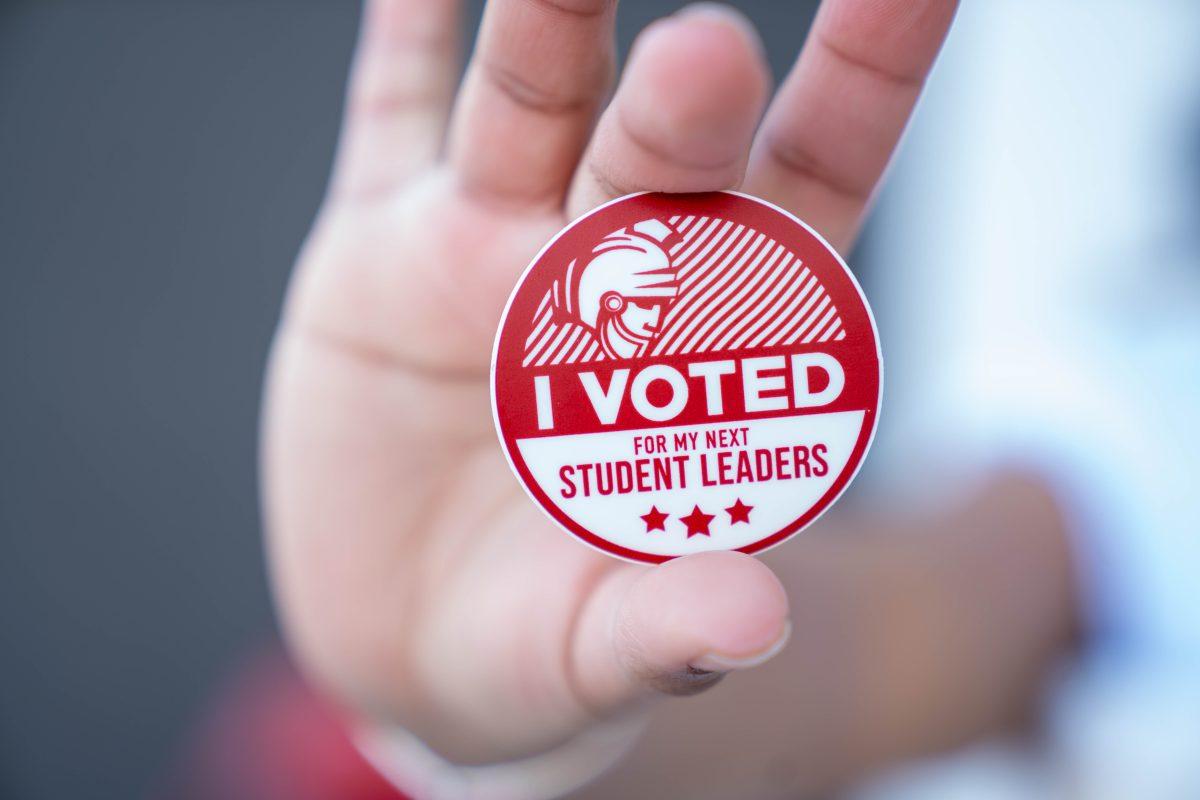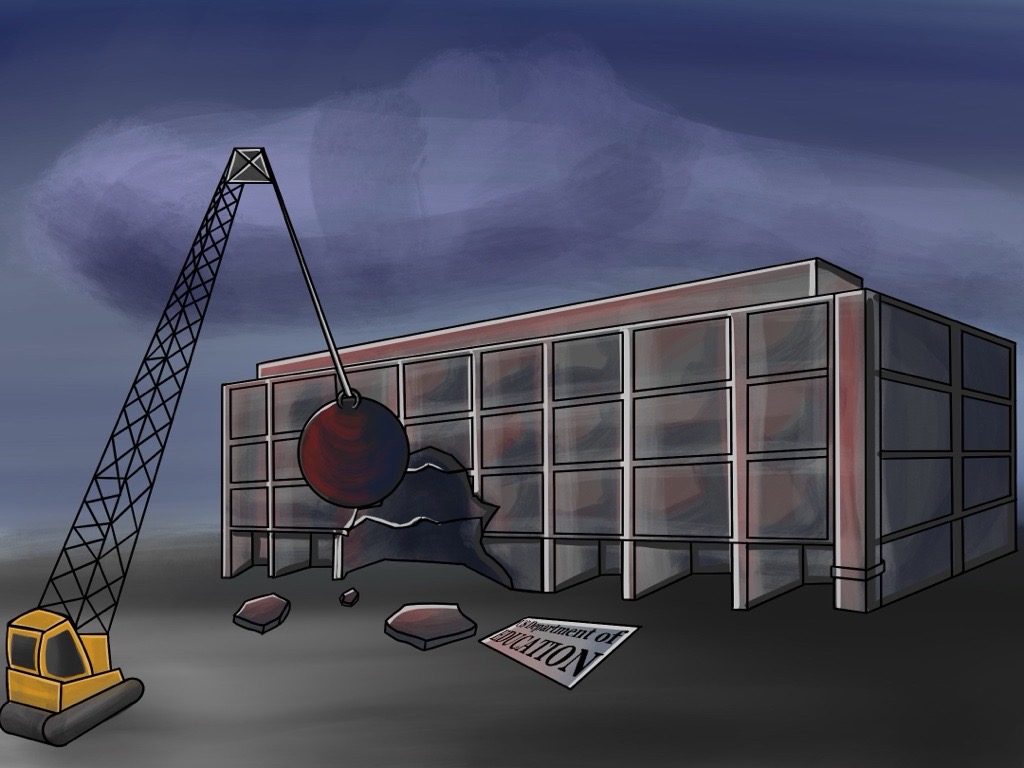Among the struggles that must be addressed this year, one must be the crippling financial burden straining the minds of more than half of our nation’s students.
Student loan debt now has a stake in the lives of 54 percent of college students and has reached a staggering total of 1.6 trillion dollars, a figure that continues to rise.
Luckily, Stan State offers students the tools necessary to understand their individual financial situations as well as the wider, national context.
What Are Student Loans?
Student loans are funds that students borrow from various entities to help pay for tuition and related expenses.
These loans are offered by the federal government and other lenders such as banks, credit unions, state agencies and schools in exchange for repaying the borrowed amount at a later time, usually with interest.
Each loan varies in terms of the amount of funds offered to each student, its qualifications, repayment plans and interest rates.
For a more detailed explanation of the different kinds of loans available for students, visit the Federal Student Aid website.
Why Is There So Much Student Loan Debt?
The average cost of higher education has exponentially increased. Since 1990, the average cost of tuition at a public 4-year university increased from “$3,800 to $10,560” – that’s a 178 percent increase.
Household incomes have grown “modestly” since the beginning of the century but not enough to compensate for increased tuition prices. As a result, anyone pursuing a post-secondary education must pay more, a difficult task for a society whose wealth gap continues to widen.
What’s the cause for this increase in tuition? There’s more than one culprit.
Strategic shifting towards a “particularistic approach” for higher education subsidies, rising administrative costs associated with bureaucratic “redundancies,” and deep cuts in state spending for higher education are three of the leading causes of tuition hikes.
Consequently, in order to afford exorbitant tuition rates, students obtain financial assistance in the form of loans.
Given the many years of expanding wealth inequality, rising tuition costs, recent recessions, and now the financial wounds dealt by the Covid-19 pandemic, the staggering amount of student loan debt becomes less surprising.
Human Costs of Student Loans
Student loan debt often has detrimental effects on the lives of students. For example, a study by The Institute on Assets and Social Policy revealed that “student loans drag down or stall resource accumulation for young people and lead to less wealth in their 30s.” The study explains that this is because students with debt “must put resources towards living expenses and debt payments rather than towards wealth-generating opportunities such as homeownership.”
Not only are students’ futures financially compromised, their health is as well. Students with higher financial concerns feel more “tense, anxious [and] nervous,” in addition to not sleeping enough or sleeping too much. These are disturbing realities, especially within the context of a nation with rising depression and suicide rates.
Oscar Lopez, a second-year Psychology major at Modesto Junior College, said that the Covid-19 pandemic has placed him and his loan payments on unstable ground.
“I’m still able to make payments for my loans since I’m employed, but now that we’re in a pandemic I worry about losing my job or hours at work. I can’t afford that,” Lopez explained.
Lopez’s words echo the same anxieties that many students, especially low-income students, are confronted with.
The Covid-19 pandemic has not only compromised our physical health and shut down our economy, it’s also making it difficult for low-income households to afford their student loans.
According to a nationally representative survey conducted by the Social Policy Institute at Washington University in St. Louis, low-income households are being disproportionately affected in regards to their diminishing ability to afford payments towards their student loans.
The pandemic has had a significant detrimental impact on low-income households’ ability to afford student loans, yet the student debt issue has been alive long before the pandemic.
“The Covid-19 crisis is worsening the massive inequities in our economy and society, but even before the pandemic the student loan debt crisis was already crushing millions of Americans,” said Senator Elizabeth Warren (D-MA), issuing a demand for political action against the student debt crisis.
The Political Fight Against Student Loan Debt
During his campaign run, President Joe Biden issued a promise to cancel up to $10,000 in student loan debt for each qualifying borrower.
“It should be done immediately,” were then President-elect Biden’s resolute words.
Three months later, congressional democrats outlined a plan for President Biden to cancel up to $50,000 in student loan debt. This “more generous” proposal is projected to help close the racial wealth gap.
Just over a week ago, Biden was asked whether he’d carry out the progressive plan crafted by congressional democrats during a CNN town hall event in Milwaukee, Wisconsin.
“I will not make that happen,” was his response.
The president’s rationale for rejecting the progressive $50,000 plan was that it did not make sense to pay off “billions of dollars of debt, for people who have gone to Harvard and Yale and Penn,” implying that a $50,000 loan relief act would benefit elite, wealthy Ivy League students.
Yet, many have pointed out that the President’s claims are “misguided” given that only 0.3% of federal student borrowers attend the Ivy League institutions.
Stan State Financial Health Resources
According to Stanislaus State Financial Aid Advisor and Financial Wellness Coordinator, Landy Gonzales-Hernandez, “around 31 percent of [Stan State students] are receiving federal loans, with students graduating with student loans averaging $17,116.” These figures are lower than both state and national averages.
The default rate for Stanislaus State students, 4.3 percent, is also low in comparison to the national default rate of 9.7 percent. Gonzales-Hernandez pointed out that these metrics are also prior to Covid-19 flexibilities that started last year in March and are set to expire this September.
Statistically, Stan State students are doing relatively well. Nonetheless, many still struggle to understand how they can manage their loans.
On February 16, Stan State held an event called “Student Loans and Covid-19” where Gonzales-Hernandez spoke about the recent political pushes for loan forgiveness in addition to answering questions and providing helpful financial guidance about student loans. Below are a few of the many tremendously helpful points Gonzalez-Hernandez spoke about:
- Current legislative and executive proposals for federal loan forgiveness are only proposals, as of now nothing concrete has materialized and we don’t know for certain if it ever will.
- As of March 27, 2020, payments for loans owned by U.S. Department of Education are suspended until September 30, 2021.
- For those who are enrolled at least half-time and have a Federal unsubsidized loan, interest is currently not being collected. So if you have an unsubsidized loan, this is an opportunity to pay off as much as the principal balance while the interest is frozen.
- Federal subsidized loans do not accrue interest while you are enrolled at least half-time as a student. This has been the case since before the pandemic.
- Many loans have flexible repayment plans, such as an income-based plan. Contact your loan servicer to find out which payment plans are available.
- Student debt forgiveness exists for those who meet qualifications. These qualifications include teaching, public service, disability, and death.
- Those who do not pay their loan in full on the final due date will default on their loan 270 days after the due date.
- Defaulting on student loans removes your eligibility for federal student aid, eligibility for repayment plans is lost, and can result in the garnishment of tax refunds.
For any other questions regarding student loans (including graduate student loans), visit the Financial Aid & Scholarship Office and request a meeting with a virtual advisor.
You can also visit the Financial Wellness page and email any of your questions about student loans to [email protected].







